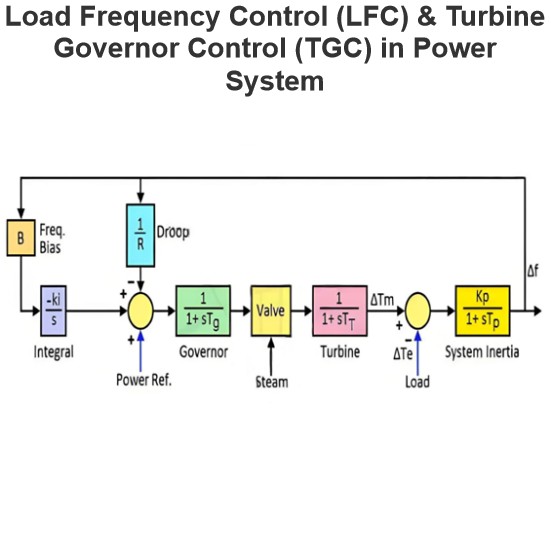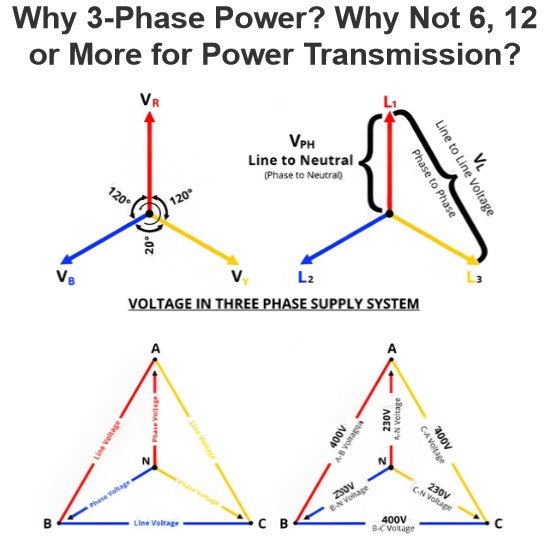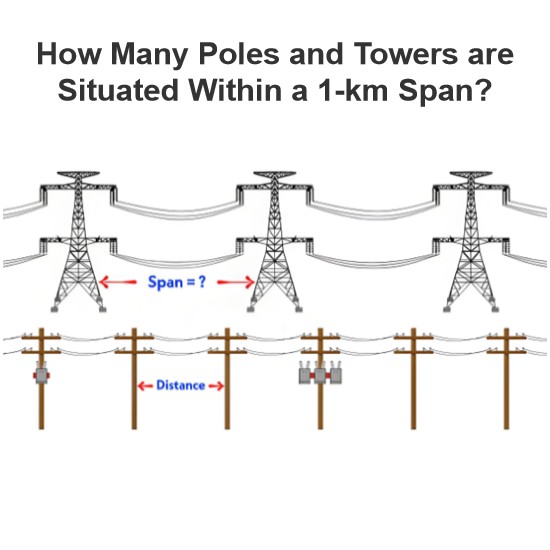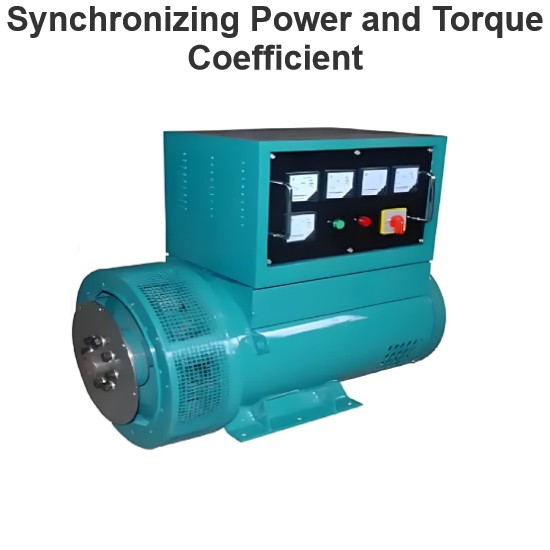Negative Sequence Relay
Definition
A negative sequence relay, also known as an unbalance phase relay, is designed to safeguard the electrical system against negative sequence components. Its primary function is to protect generators and motors from unbalanced loads, which typically arise due to phase - to - phase faults. When such faults occur, the negative sequence components can cause excessive heating and mechanical stress in electrical machines, potentially leading to severe damage if not properly addressed.
Working Principle and Features
The negative sequence relay incorporates a specialized filter circuit that selectively responds only to negative sequence components present in the electrical system. Given that even a relatively small magnitude of overcurrent caused by negative sequence components can create hazardous operating conditions, the relay is configured with a low current setting. This enables it to detect and react promptly to subtle imbalances before they escalate into major problems.
Although the negative sequence relay is earthed, this grounding primarily serves to protect against phase - to - earth faults. However, it does not directly mitigate phase - to - phase faults; instead, its role is to detect the negative sequence components that are symptomatic of such faults and trigger appropriate protective actions.
Construction
The construction of the negative sequence relay is illustrated in the figure below. It features four impedances, denoted as Z1, Z2, Z3, and Z4, which are interconnected in a bridge configuration. These impedances are energized by current transformers, which sample the electrical current from the system under protection. The relay's operating coil is connected to the midpoints of this bridge circuit. This specific arrangement allows the relay to accurately sense the presence and magnitude of negative sequence components by analyzing the voltage differences across the bridge arms, facilitating reliable and precise operation for the protection of electrical systems.
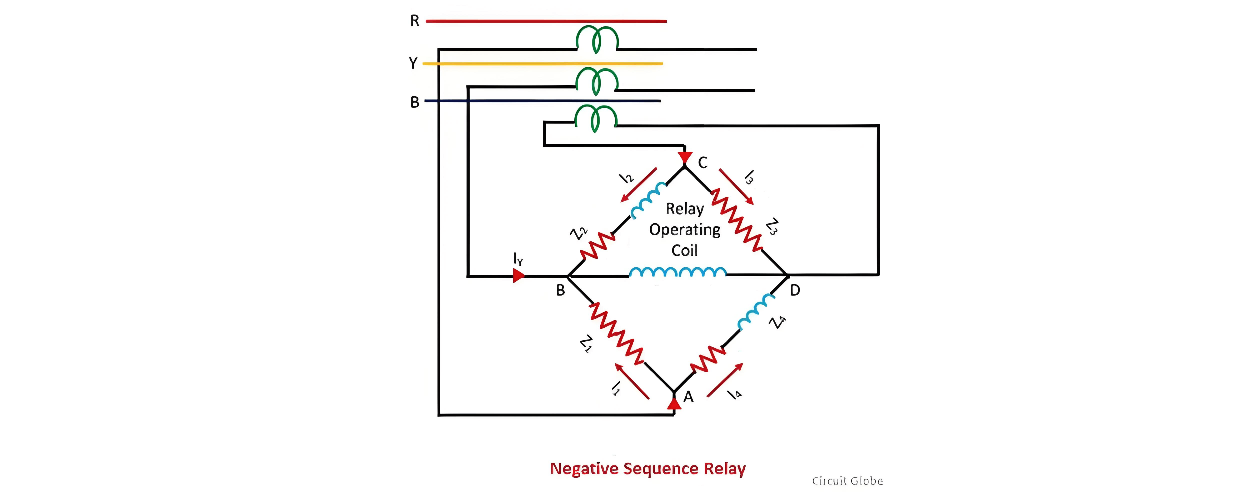
In the circuit of the negative sequence relay, Z1 and Z3 exhibit purely resistive characteristics, while Z2 and Z4 possess both resistive and inductive properties. The values of impedances Z2 and Z4 are meticulously adjusted so that the currents passing through them consistently lag behind the currents flowing through Z1 and Z3 by an angle of 60 degrees.
When the current reaches junction A, it divides into two branches, namely I1 and I4. Significantly, the current I4 lags the current I1 by precisely 60 degrees. This specific phase - difference relationship is fundamental to the proper functioning of the negative sequence relay, enabling it to accurately detect and respond to negative sequence components within the electrical system.

Similarly, current from phase B split at junction C into two equal components I3 and I2, I2 lagging behind I3 by 60º.

The current I4 lags behind I1 by an angle of 30 degrees. Likewise, I2 lags behind IB by 30 degrees, while I3 leads IB by the same 30 - degree margin. The current flowing through junction B is equivalent to the algebraic sum of I1, I2, and IY. This precise angular relationship and current summation at junction B are critical for the proper functioning of the negative sequence relay, ensuring its ability to accurately detect unbalanced conditions within the electrical system by analyzing the phase and magnitude differences among these currents.
Flow of Positive Sequence Current
The phasor diagram depicting the positive sequence components is illustrated in the figure below. In a scenario where the load is in a balanced state, the negative sequence current remains absent. Under such circumstances, the current passing through the relay can be described by the following equation. This relationship between the balanced load condition, the absence of negative sequence current, and the current through the relay is fundamental to understanding the normal operation and protective functions within the electrical system.

Operation Under Balanced Conditions
Consequently, the relay remains active during the operation of a balanced electrical system, ensuring continuous monitoring and readiness to respond to any potential anomalies.
Flow of Negative Sequence Current
As illustrated in the figure above, currents I1 and I2 exhibit equal magnitudes. Due to their equal and opposing nature, they effectively cancel each other out. As a result, only the current IY traverses the operating coils of the relay. To safeguard against the detrimental effects of even minor overloads, which can rapidly escalate into severe system issues, the relay's current setting is deliberately kept lower than the normal full - load rating current. This sensitive calibration allows the relay to promptly detect and react to unbalanced conditions caused by negative sequence components.
Flow of Zero Sequence Current
In the case of zero sequence current, currents I1 and I2 are phase - displaced from one another by an angle of 60 degrees. The resultant of these two currents aligns in phase with the current IY. Consequently, the operating coil of the relay experiences a total current that is precisely twice the magnitude of the zero sequence current. It is important to note that by connecting the current transformers (CTs) in a delta configuration, the relay can be rendered inoperative for zero sequence currents. In this delta connection setup, zero sequence currents do not flow through the relay, providing a means to selectively filter out or bypass certain types of fault currents depending on the system's protection requirements.
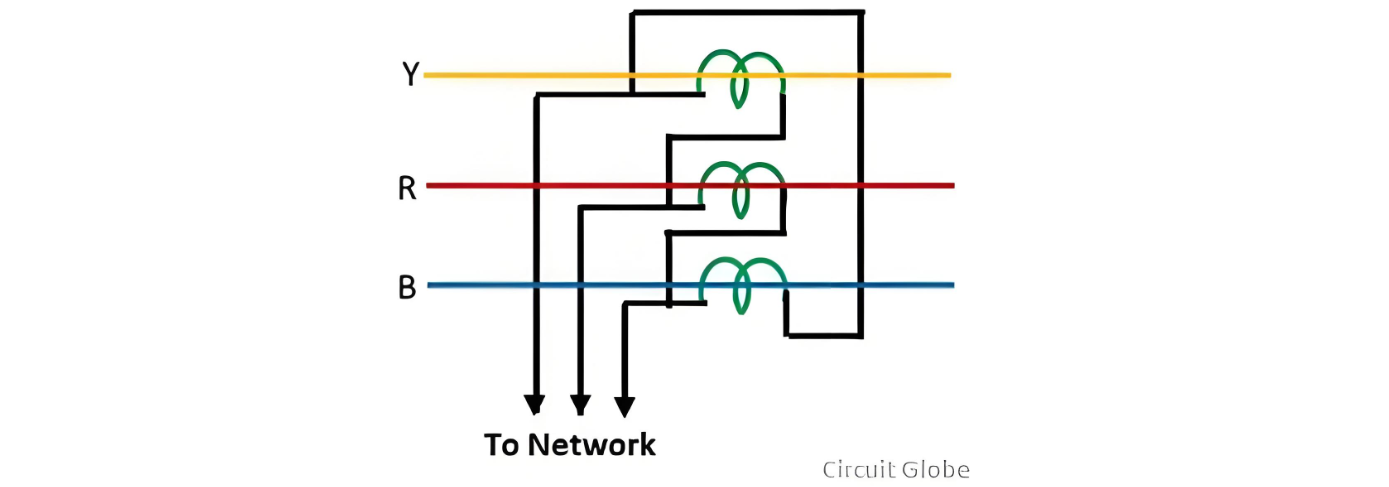
Induction Type Negative Sequence Relay
The construction of an induction type negative phase sequence relay closely resembles that of an induction type overcurrent relay. It features a metallic disc, typically fabricated from an aluminium coil, which rotates between two electromagnets: an upper electromagnet and a lower electromagnet.
The upper electromagnet is equipped with two windings. The primary winding of the upper electromagnet is linked to the secondary side of the current transformer (CT) connected to the line under protection. Meanwhile, the secondary winding of the upper electromagnet is connected in series with the windings of the lower electromagnet.
Owing to the presence of a centre tapping, the primary winding of the relay has three terminals. Phase R, with the assistance of CTs and an auxiliary transformer, energizes the upper half of the relay, while phase Y energizes the lower half. The auxiliary transformer is specifically adjusted such that its output lags by an angle of 120º rather than the conventional 180º.
Operation with Positive Sequence Currents
When positive sequence currents are present, currents IR and IY flow through the primary windings of the relay in opposite directions. The currents I’R and I’Y have equal magnitudes. This balanced current flow ensures that the relay remains in an inactive state, as there is no net force to trigger its operation.
Operation with Negative Sequence Currents
In the event of a fault, negative sequence current I is induced to flow through the primary winding of the relay. This negative sequence current disrupts the equilibrium within the relay, setting in motion a series of events that lead to the relay's activation and subsequent protective action.
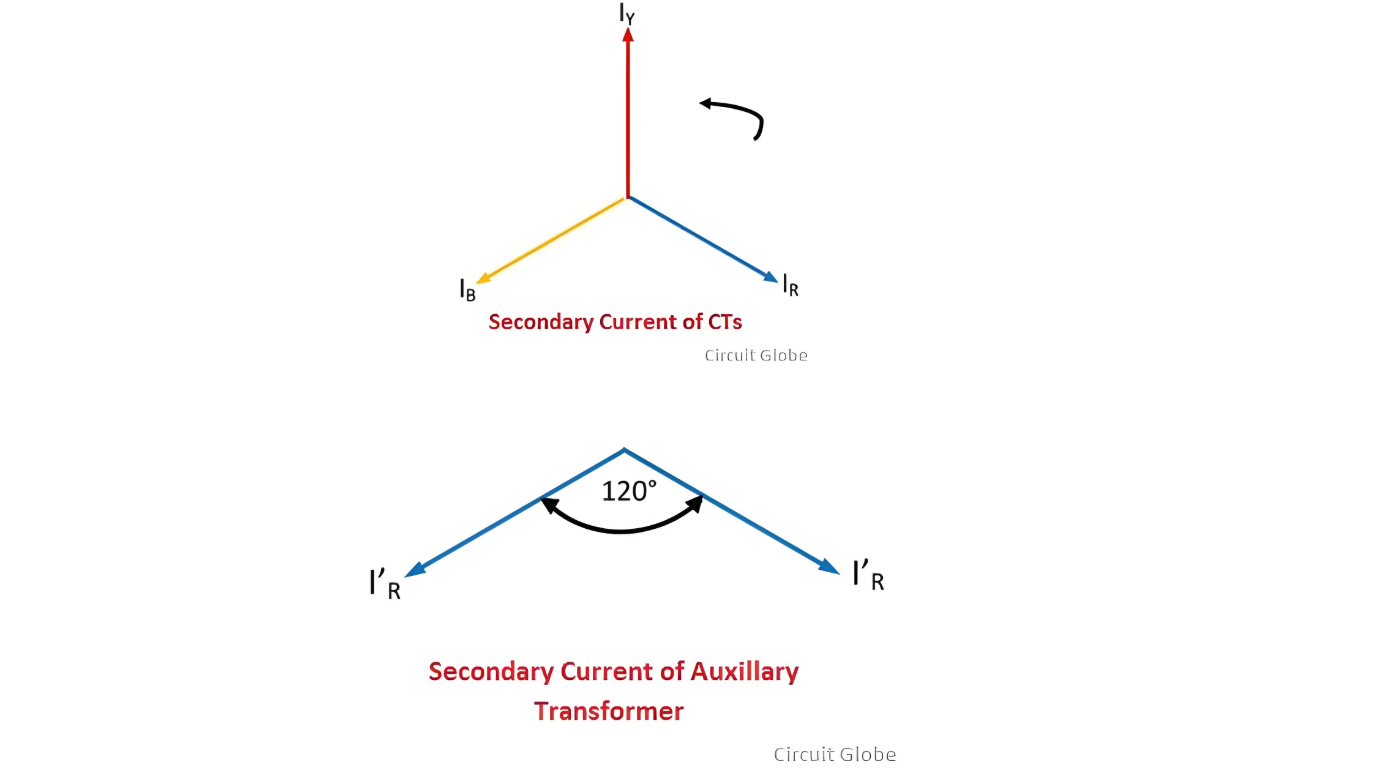
The relay will initiate its operation once the magnitude of the fault current surpasses the pre - set value of the relay. This means that when the fault current becomes large enough to exceed the specific threshold determined for the relay, the relay is triggered into action to perform its protective function within the electrical system.
The Electricity Encyclopedia is dedicated to accelerating the dissemination and application of electricity knowledge and adding impetus to the development and innovation of the electricity industry.

